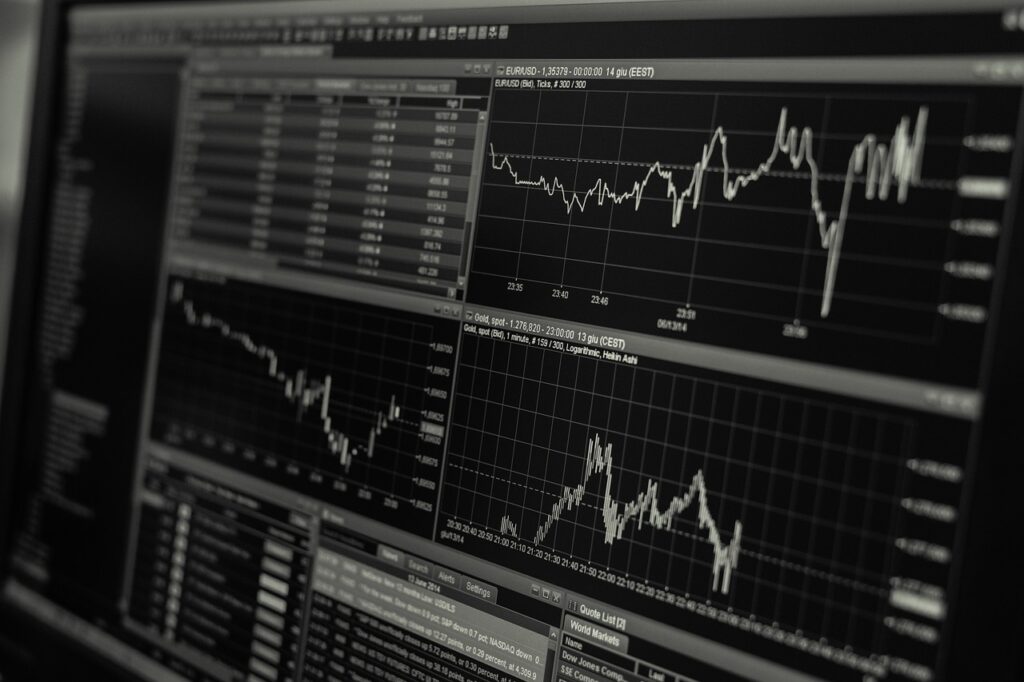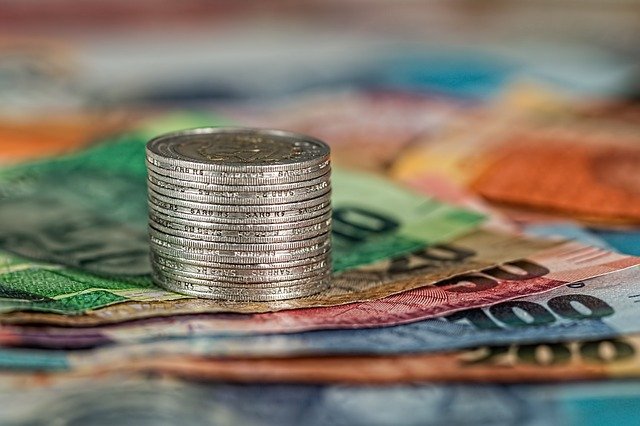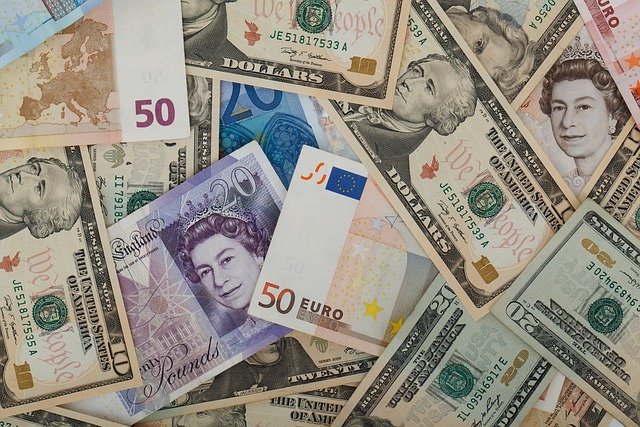
Kendal Smith
Author
Forex Trading Beginner
It’s understandable when entering the forex trading world that you aren’t going to know everything straight off the bat. The forex industry is full of unusual terms, acronyms, and words that we can often be left in a little bit of a head spin.
So, before you decide to begin, it’s best to get an accurate understanding of some of the phrasing and terminology that is important to know. Read further in this article to understand some of the key terms and their meanings to set yourself up for success.

Source: pixabay.com
Lingo You Need to Know
1. Leverage
Leverage, in other terms, is borrowed money from within a trading account. If you are trading with leverage, it allows you to open a position with a large contract size but with less expenditure.
High leveraged trading is an effective way to trade different forex pairs, cryptocurrencies and more without having to invest large amounts of capital. To increase your understanding, let’s look at an example using GBP/USD.
If you think about a contract that is the size of 100.00 per lot of trading without using leverage, it would mean you would need around $130,000.00 in your bank.
Using 1:500 leverage, a trader can open a position with a smaller amount of $260.00. This means that you would be controlling 130,000 worth of dollars with just $260. Notice the difference? We certainly do.
2. Bid / Ask price
The bid price is otherwise known as the price that the trader is willing to see for a currency pair. Conversely, the ask price is the price the trader will use to buy that currency pair. This difference is known as the spread.
3. Going Long / Short
When you are trading and going for a large currency pair, the first pair is usually bought while the second is sold. Going long or buying a specific currency means that you are expecting the price to rise overall in the future. For example, AUD / USD. If you are looking to buy the Australian dollar up against the US dollar, you can expect the AUD price to increase. Usually, the first currency is sold while the second one is bought. If you are ‘going short’ within trading, this means that you are going to sell one currency of the currency pair, hoping that the overall price will decrease.

Source: pixabay.com
4. Margin
Margin is the initial capital that a trader will need to open up a position. Margin also grants the trader the opportunity to open a bigger position in the future. When you are trading with a margin, the trader initially needs to put forward a percentage of the full value of a position in order for the trade to be open. Margins are a great way to look at both profits and losses, as well as allowing a door to be opened for leveraged trading.

Source: pixabay.com
5. PIP
PIP can otherwise be known as “Percentage in Point.” PIP is known as the smallest movement that is reflected in an exchange rate on a currency pair. The PIP can be found as the 4th decimal on a price quote for a currency pair. Its function is to measure the value of a trade. Let’s look at an example; AUD/USD. If the price quote is 0.6876, in this case, it means that 1 Australian dollar will mean that you can buy up to 0.6876 US dollars. If the PIP is increased by 0.0001 to 0.6877, it would mean that the trader can acquire more US Dollars for every 1 AUD.
6. Lot Size
In forex trading terms, a lot refers to the size of a position or trade you will open. 1 Lot in a standard forex trading process for one currency pair is the equivalent of 100,000 units regarding the base currency of the pair. Let’s put it in an example. In the case of EUR/USD, it means that opening a trade within USD means that the trade size is $100,000. Due to this, the EUR is the base currency. 1 standard PIP is worth $10. In this case, this means a 10 PIP incremental movement can be used in a buy trade; it would represent a further $100 gain.
SEE ALSO: 3 tips for successful social trading









